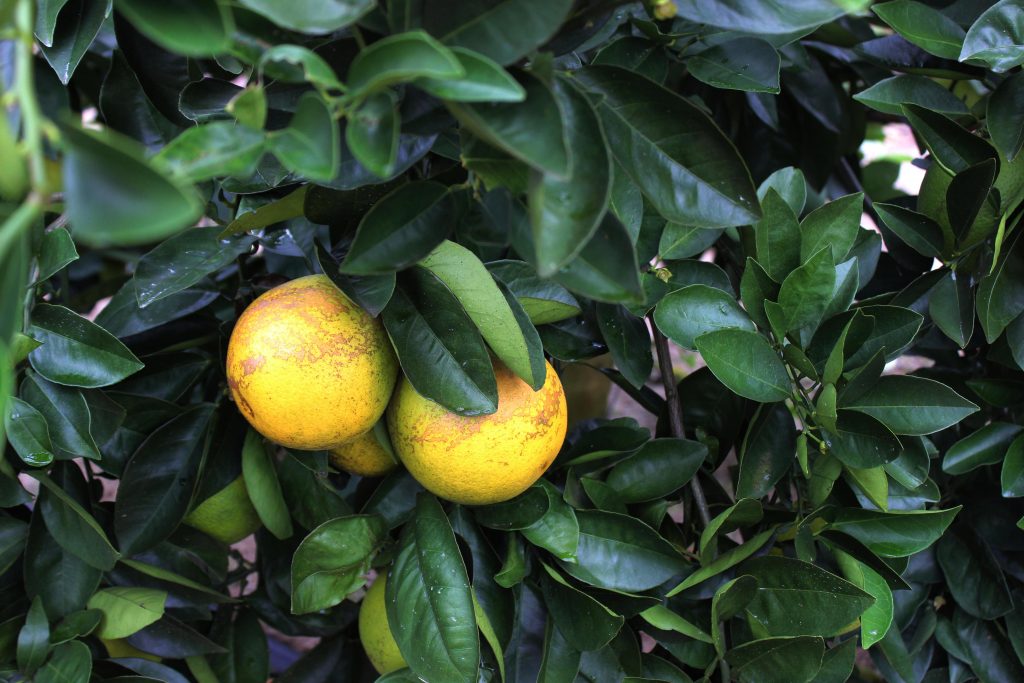
By Clint Thompson
The University of Georgia (UGA) Plant Molecular Diagnostic Lab is a key resource for Georgia citrus growers hoping to stay sustainable.
The lab is located on the UGA Tifton Campus. While it is a fee-based service lab for the UGA Department of Plant Pathology, it provides free testing for citrus producers concerned about citrus greening, says Jonathan Oliver, (UGA) assistant professor and small fruits pathologist.
“The diagnostic lab here in Tifton is authorized to do testing for citrus greening. We’re able to accept samples for free right now from homeowners and commercial growers in Georgia through a grant we received from the USDA,” Oliver said. “If you have concerns about trees that you have that you’d like to have tested, you can contact me or Dr. (Emran) Ali at the diagnostic lab or your county agent, and we can usually find a way to get those samples tested for you for free.”
What is Citrus Greening?
According to UF/IFAS, citrus greening, also known as Huanglongbing or HLB, affects citrus production worldwide. Early symptoms include asymmetrical yellowing of the leaves and leaf veins, while later symptoms include twig dieback and decreased yields. Fruit is often small, lopsided and not marketable.
It has decimated Florida’s citrus industry. Industry leaders in Georgia are hoping to avoid a similar fate, as acreage has spiked to 2,700 acres.
“The USDA and Georgia Department of Ag have recognized that citrus is becoming important in Georgia; the citrus industry is growing, and this disease could be the thing that takes it out. It’s such an important issue that we want to get out in front of it as much as we can and let new growers who are thinking about putting in citrus know the risks that are there as best as we can assess it and also the growers who have trees, help them try to protect those trees and that big investment they already have in the ground,” Oliver said.
Oliver advises producers to sample between 10 or 12 leaves, in case resampling is necessary. Clip off the end of a branch that has five or six leaves attached. Sample leaves that have obvious symptoms.









